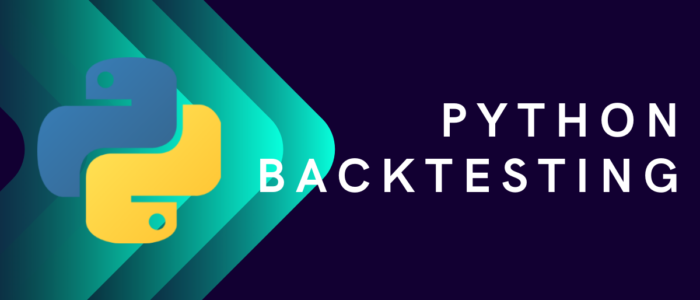Backtesting is the process of testing a trading strategy using historical data to see how it would have performed in the past. Python provides several libraries that can be used for backtesting trading strategies.
How to Perform Backtesting Trade Python ?
Here’s a high-level overview of how you can perform backtesting in Python:
- Choose a trading strategy: The first step is to choose a trading strategy that you want to backtest. This could be a simple moving average crossover strategy, a momentum strategy, or any other strategy that you’re interested in.
- Gather historical data: Once you have chosen a trading strategy, you need to gather historical data that you can use to backtest your strategy. This can be done using various data sources such as Yahoo Finance, Alpha Vantage, or Quandl.
- Implement your trading strategy: You can implement your trading strategy using Python. This involves writing code that defines the rules for buying and selling assets based on your chosen strategy.
- Backtest your strategy: Once you have implemented your trading strategy, you can use historical data to backtest it. This involves simulating trades that would have been made based on your strategy and calculating the performance metrics.
- Evaluate the performance: Finally, you need to evaluate the performance of your trading strategy based on the backtesting results. This can be done by calculating various performance metrics such as Sharpe Ratio, Maximum Drawdown, and Profit and Loss.
Conclusion :- Backtesting is a crucial part of the trading process. It allows traders to evaluate the performance of their strategies before they invest real money in the market.

